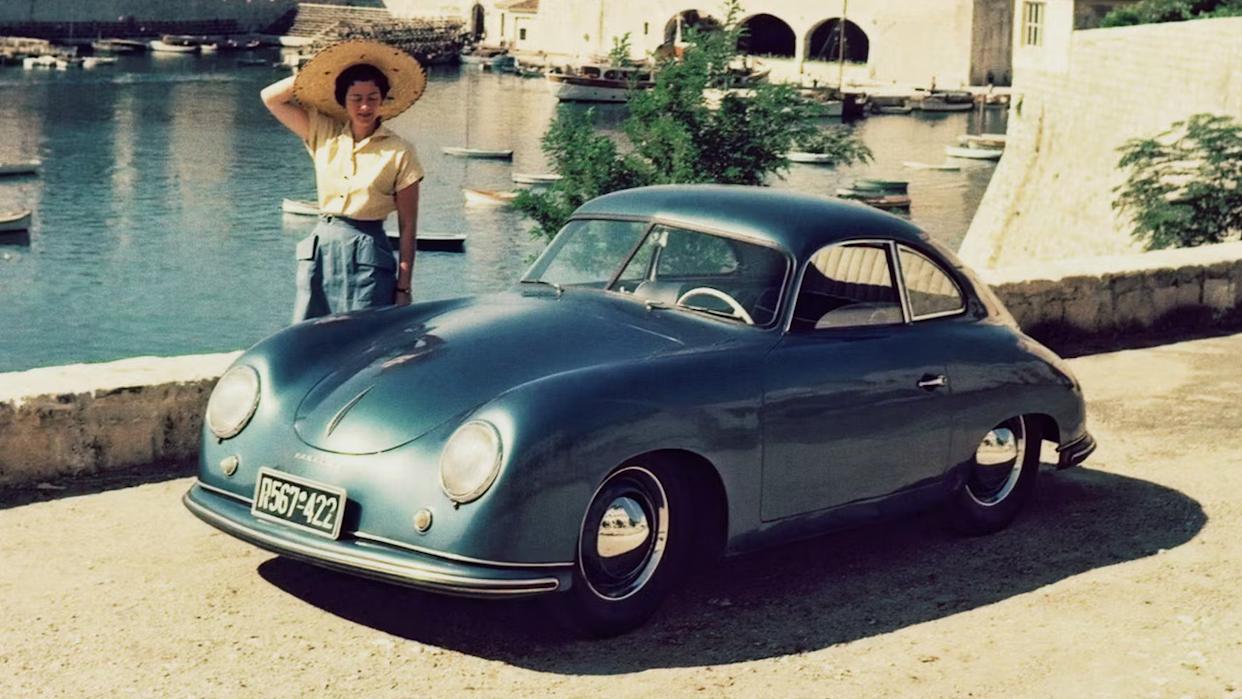
Most people think of cars the traditional way: engine in the front, power to the back (or sometimes the front), and everything where you’d expect it. It’s the automotive equivalent of a beige suit — safe, familiar, and rarely thrilling. But throughout automotive history, a few bold and occasionally eccentric manufacturers flipped the formula entirely. They put the engine in the back.
Rear-engined cars often represent a different kind of thinking: unconventional, defiant, and full of personality. From tail-happy sports coupes that demanded respect to humble workhorses that mobilized entire nations, these cars wore their powertrains like a backpack. They didn’t just break the rules. They redefined what a car could be by shifting the weight where no one else dared.
Volkswagen Beetle (Type 1)
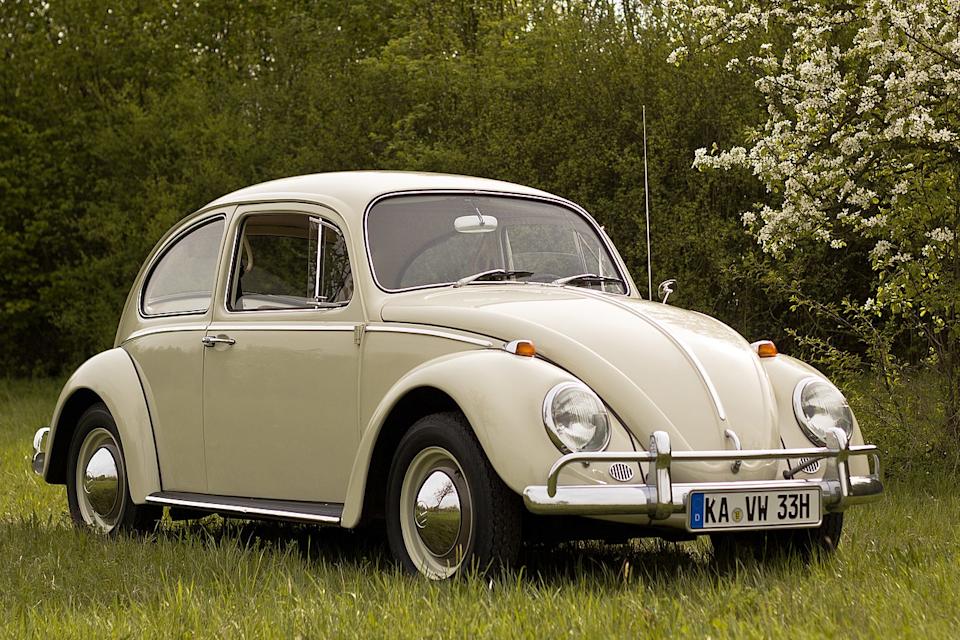
You cannot, under any circumstances, talk about rear-engined cars without tipping your hat (or your flower-adorned fedora) to the Volkswagen Beetle. Designed in the 1930s by Ferdinand Porsche (yes, that Porsche), the Beetle was initially Adolf Hitler’s ill-fated "people’s car" dream. Thankfully, it morphed into a peace-loving, counterculture icon after World War II.
Its distinctive air-cooled flat-four engine lived snugly in the back, giving it excellent traction (especially in snow, for which it became legendary) and a unique soundtrack best described as an distinctive and charming engine note. Millions were made, driven, and loved — over 21 million units, making it the single most-produced platform of a single design in automotive history.
Whether puttering through city streets or cruising Route 66 with flowers in its ashtray, the Beetle became a cultural movement. It’s also arguably the only vehicle that could star in multiple Disney movies and still take a legitimate win in a Baja race. Respect.
Porsche 911 (Classic Models 1964–1989)
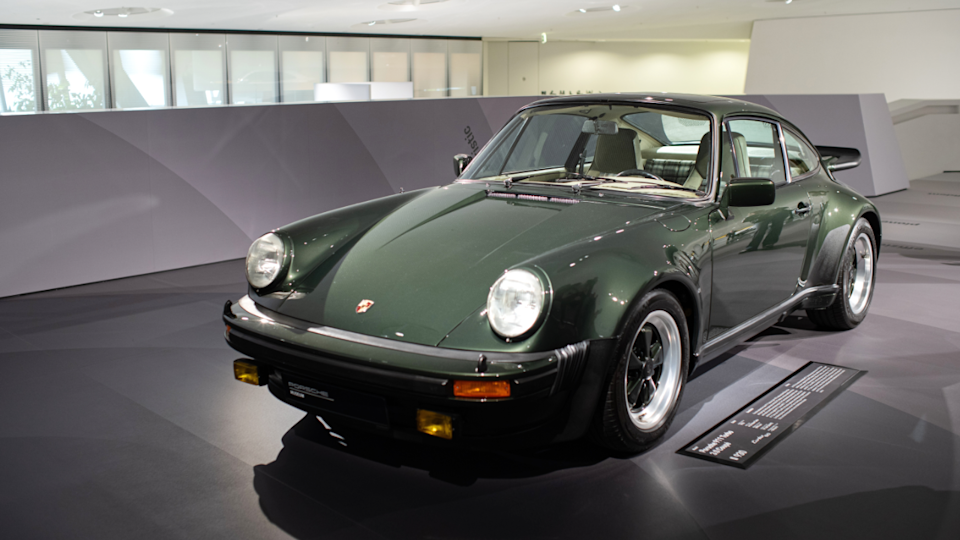
Rear-engined, rear-wheel-drive: this "flawed" formula is the hill Porsche chose to die on, and somehow, they didn’t just survive, they conquered the automotive world. Born directly from the Beetle’s humble architecture (thanks again, Ferdinand, and your son Ferry, who spearheaded the 911 project), the 911 started as a curvy, twitchy sports car in the mid-1960s and evolved into a motorsport legend by the 1980s.
Its infamous engine-out-back layout gave it cornering behavior that was either thrillingly agile or utterly terrifying, depending entirely on your skill level, your courage, and the depth of your insurance deductible. Early 911s, with their pronounced weight transfer, were known for a tendency to suddenly snap into oversteer if the driver lifted off the throttle mid-corner.
Porsche, in a stroke of engineering genius, refined this delicate balance, transforming what many saw as a fatal flaw into a defining feature that rewarded precision and punished hasty inputs. It's the longest continuously produced sports car in history, a testament to stubborn Teutonic engineering and the fact that sometimes, putting the cart behind the horse works.
Chevrolet Corvair

America’s audacious answer to the rise of small European imports, especially the Volkswagen Beetle, the Chevrolet Corvair was produced from 1960 to 1969. It wasn’t as rugged or omnipresent, but it was far more daring. It featured an American-designed, air-cooled flat-six engine in the rear, a first for a mass-produced US car, and a sleek unibody design that made Detroit’s boxy, chrome-laden iron look like reheated leftovers from another era.
Infamously branded "unsafe at any speed" by consumer advocate Ralph Nader in his 1965 book, the Corvair became a symbol of automotive controversy. Early models, from 1960 to 1964, used a swing-axle rear suspension that, combined with rear-biased weight, could catch the unwary off guard with snap oversteer. However, in 1965, GM quietly overhauled the platform with a sophisticated, fully independent rear suspension, similar to the one used in the Corvette C2, transforming the car's dynamics.
The real tragedy? Just as the Corvair hit its stride, public perception tanked. Sales plummeted, and GM pulled the plug before the platform could evolve further. A genuinely innovative car, fundamentally misunderstood.
Fiat 500 (Cinquecento)
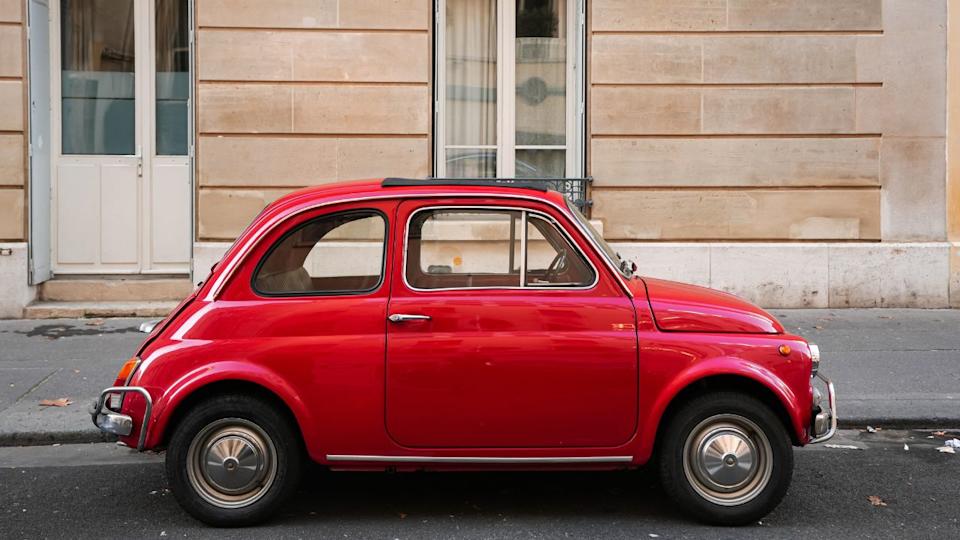
If the Beetle was the car of the people for post-war Germany, Italy’s vibrant, espresso-sized answer was the Fiat 500 (Nuova Cinquecento). Introduced in 1957, it had a tiny 479cc two-cylinder engine mounted behind the rear wheels, under a comically small, vented lid. With this engine equipped, it could barely outrun a determined Vespa. Luckily, speed wasn’t the agenda — it was about bringing affordable mobility and joy to millions of Italians navigating narrow, winding streets.
The Fiat 500 helped motorize post-war Italy, providing basic, reliable transport in a charming, utterly adorable package. It was so small (just 1,100 pounds) that you could park it in an alleyway, and its rear-engine design provided surprising traction on steep hills. Over 3.8 million original 500s were sold by 1975, making it a cultural icon with a massive cult following today. It proved that sometimes, the most effective engineering is also the most charming.
Renault Dauphine
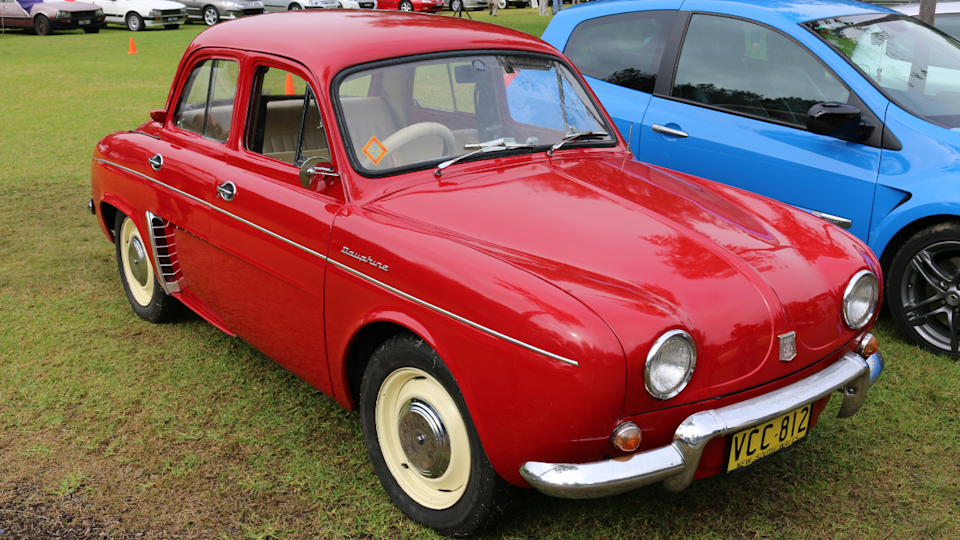
Often forgotten in the shadow of the Beetle and 911, the Renault Dauphine was France’s stylish and ambitious stab at global automotive dominance in the late 1950s. It featured a modest 845cc engine positioned at the rear and a curvaceous, elegant body that looked straight out of a Parisian fashion shoot.
Sold in the millions globally (over 2 million units were produced from 1956 to 1967), including significant exports to the US, it was dainty, economical, and, unfortunately, notoriously prone to rust in harsher climates. Still, its undeniable charm, soft ride, and distinct French character earned it a place in automotive history. It even had a surprising performance version, the Gordini, which, with its tweaked engine and four-speed gearbox, turned this chic city car into a plucky, often tail-happy, racer. Rear-engined flair, à la française, with a side of unexpected rally pedigree.
Tatra 603
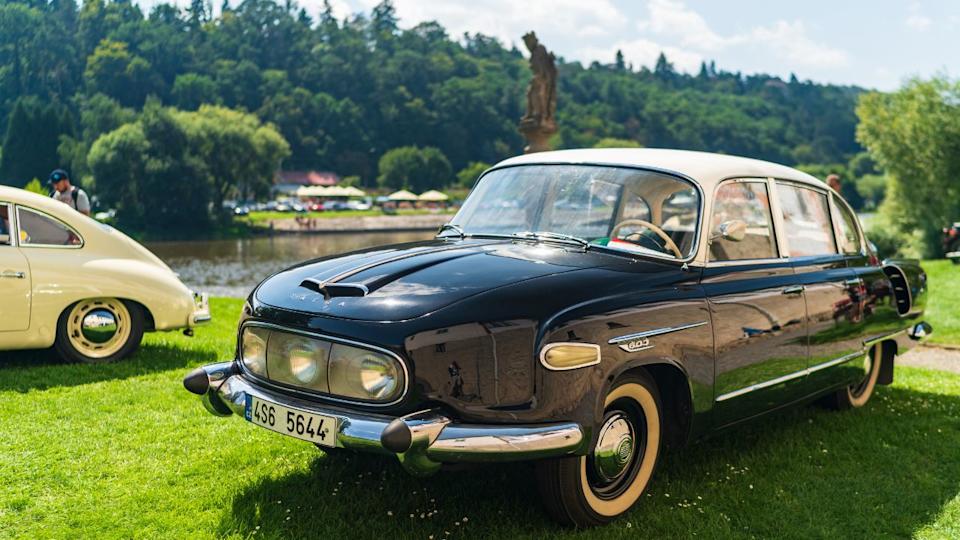
This isn’t your average commuter car, unless your commute involved secret meetings and avoiding the KGB. Blink twice if you're in trouble (or well, leave a comment in Morse code). Czechoslovakia’s Tatra 603 was a genuine marvel: a rear-engined, air-cooled V8-powered spaceship of a sedan, primarily reserved for high-ranking officials and Communist Party elite in the Eastern Bloc. It looked like it belonged on a Cold War movie poster, with its sweeping, aerodynamic lines, distinctive triple headlights, and a truly unique presence.
Underneath that bulbous, futuristic body was a 2.5-liter air-cooled V8 (later upgraded to a 2.7-liter) mounted just ahead of the rear axle. Despite its considerable weight (approximately 3,500 lbs), the Tatra 603 was surprisingly agile and comfortable, thanks to clever engineering, including independent suspension all around and Tatra’s decades of expertise in rear-engined vehicles. It was largely hand-built and surprisingly luxurious inside, with its rear-mounted engine making it whisper-quiet in the cabin.
You’ve probably never seen one in person, which makes it even cooler — a truly exotic, yet politically constrained, automotive enigma.
NSU Prinz
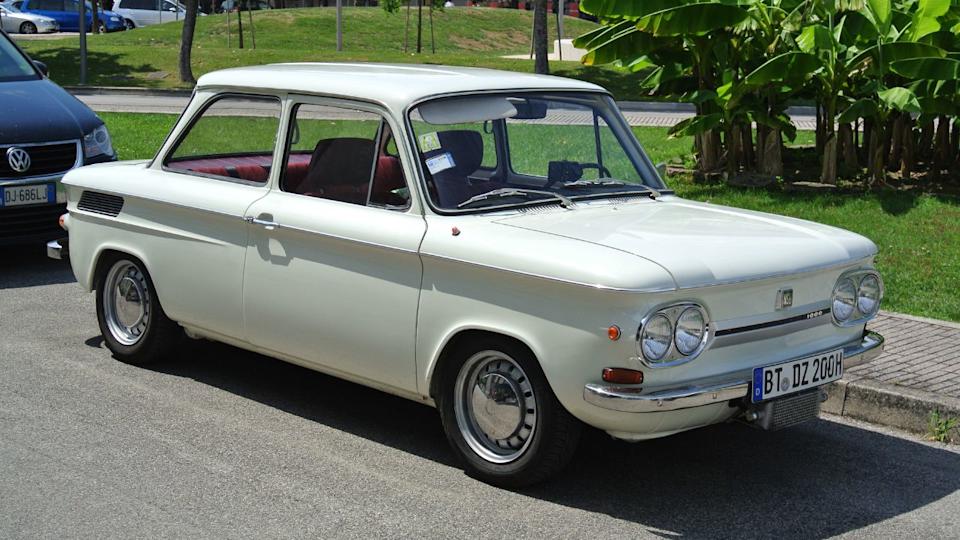
Tiny, punchy, and very German, the NSU Prinz was a compact car with a rear-mounted engine and a whole lot of attitude, especially considering its diminutive size. It started production in the late 1950s with a humble two-cylinder engine, but by the early 1970s, it evolved into the sporty TT and TTS models — pocket-sized screamers that punched way above their weight.
Think of it as the Volkswagen Beetle’s cooler, more rebellious punk-rock cousin. Its lightness (around 1,200-1,500 lbs) combined with its rear-engine traction and lively engines (the TTS had a 1.0-liter, 70 hp engine that could rev to 7,200 rpm) made it incredibly nimble, cheap to run, and a formidable competitor in touring car races. NSU was later absorbed into Audi, but the Prinz left behind a significant legacy of engineering, fun, and performance in surprisingly small packages.
Porsche 356
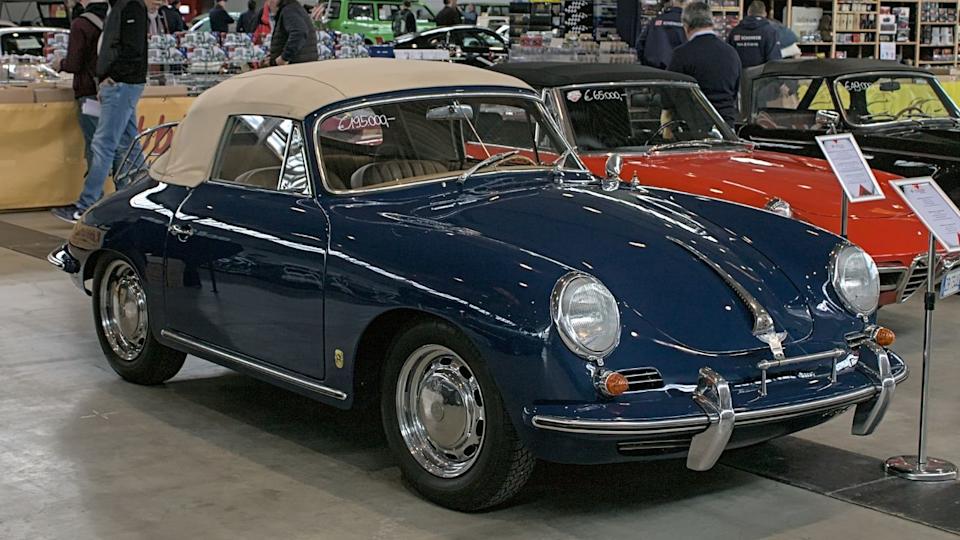
Before the world knew the iconic 911, there was the Porsche 356, the car that truly launched the legendary German marque. Launched in 1948 and produced until 1965, the 356 was Porsche’s very first production model and an ingenious engineering evolution of its sibling, the Volkswagen Beetle. With its air-cooled flat-four engine mounted at the rear and remarkably lightweight construction, the 356 immediately set the tone for Porsche’s future racing and performance DNA.
It wasn’t just breathtakingly pretty to look at (though it absolutely was, especially in Speedster form); it was nimble, surprisingly balanced (despite its rear bias), and a genuine giant-killer on the track — later versions could reach 124 mph. The 356 proved decisively that a rear-engine layout could signify serious performance, not just oddball economy. Over the years, Porsche continually refined the model through various iterations, and each one became sharper, faster, and more desirable.
Today, the 356 is one of the most collectible classic cars in the world (it will set you back over $165,000), and rightly so. It’s elegant but tough, stylish but purposeful, and utterly timeless. Without it, there would be no 911, no Stuttgart legend, and frankly, no Porsche as we know it.
Simca 1000
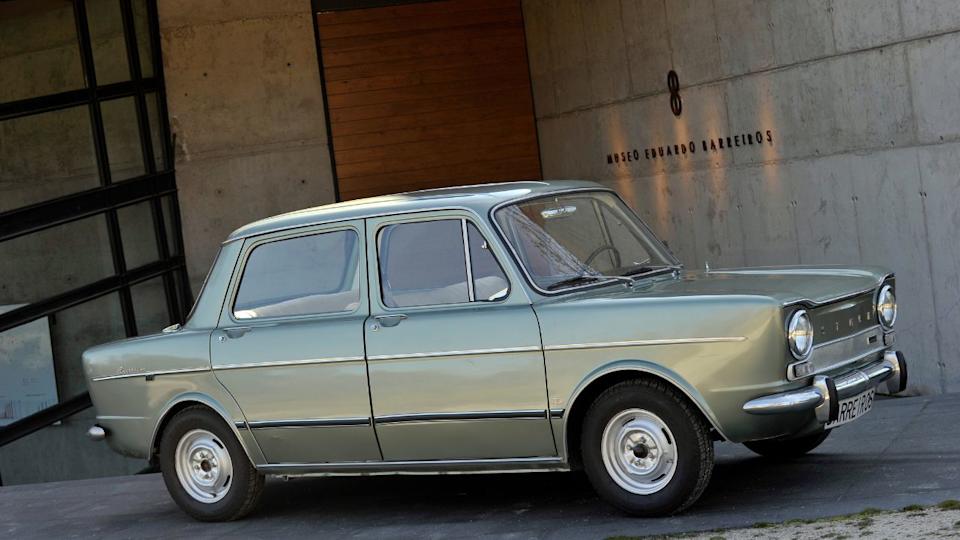
French flair met Italian design (its roots trace back to Fiat’s rear-engined small car ideas) in the Simca 1000, a compact sedan with its engine firmly out back. Built from 1961 to 1978, it combined affordability with surprisingly agile handling dynamics, especially for a family sedan.
Simca, eager to inject some excitement into your daily afterschool runaround, even offered hot versions like the legendary Rallye 1, Rallye 2, and Rallye 3, which transformed this humble sedan into a budget performance darling in Europe. These hotter versions, with their spartan interiors, twin carbs, and often bare-bones approach, were celebrated for their eager engines and tail-happy nature, making them a blast on twisty roads and rally stages.
Today, the Simca 1000 is a cult favorite among collectors who enjoy explaining what Simca is at every car meet. It might not be a showstopper for the uninitiated, but some of us see this boxy, bland sedan and can't help but give an approving nod.
Bonus: Alfa Romeo Alfasud (Early Models)
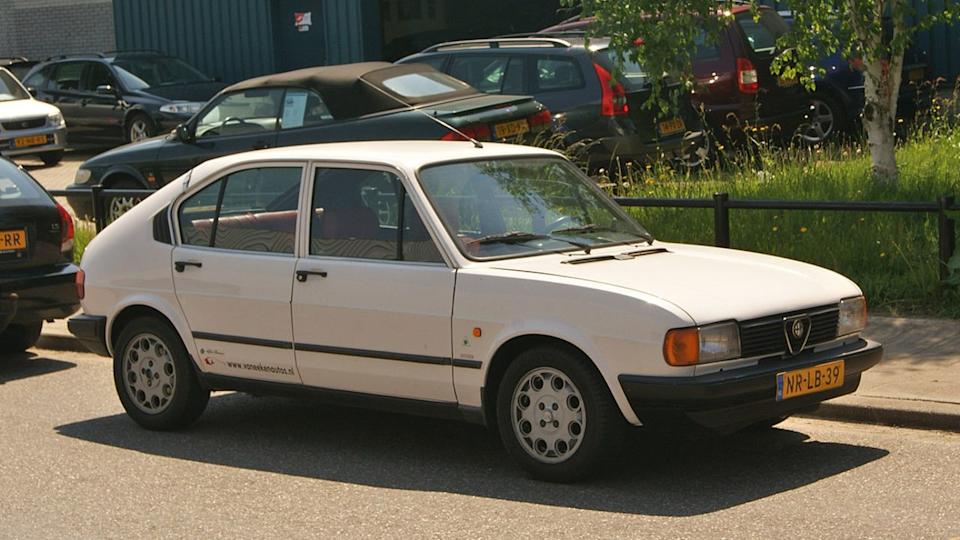
You might be thinking, "Wait, Alfa Romeo? Rear-engined? Are you sure you're not confusing your espresso with your oil?" Well, hold your cappuccino — while the Alfasud wasn’t rear-engined, it did have a layout that stood apart from the crowd.
Launched in 1971, the Alfasud featured a low-slung, transversely mounted flat-four Boxer engine driving the front wheels. This engine layout gave it a low center of gravity and unusually well-balanced handling for a front-wheel-drive car. Combined with fully independent suspension and tight steering, it earned a reputation as one of the best-driving small cars of the 1970s.
Designed to bring Alfa’s sporting DNA to the masses, it was a revelation for its time. Unfortunately, notorious rust issues shortened its lifespan in many climates. But when it was running right, it delivered genuinely engaging dynamics that few economy cars could match.
It may not have worn its engine like a backpack, but it's interesting enough for us to include anyway.
Driven from the Back
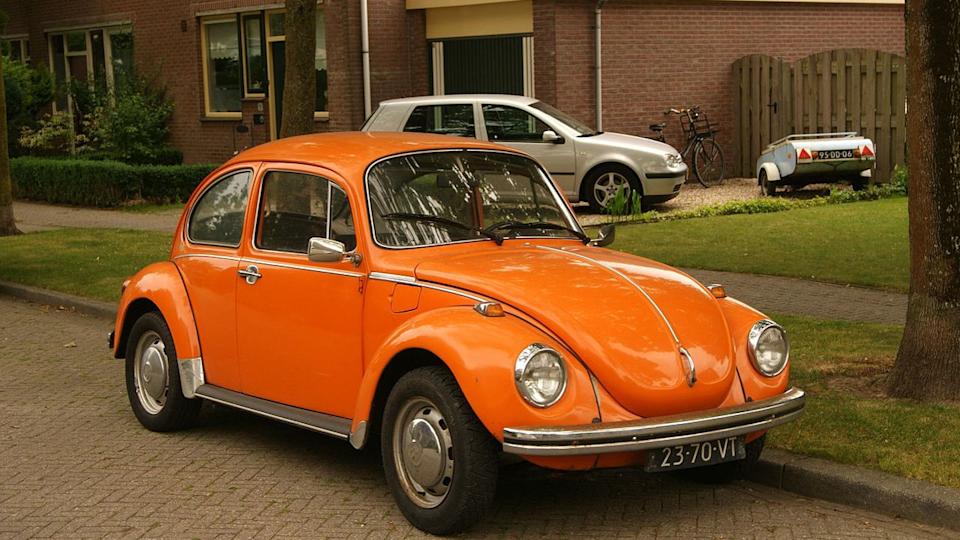
Rear-engined cars are, by and large, a rare breed in the grand scheme of automotive manufacturing. The industry flirted with the idea, danced with it for decades, and, in most cases, quietly returned to the familiar, less complicated front-engined convention. However, during that fascinating period, it produced some of the most innovative, lovable, and downright memorable machines ever built, while paving the way for later sports cars.
From the ubiquitous, peace-loving Beetle that mobilized the masses to the precision engineering of Porsche's track weapons, and from Italy’s city-slicking Fiat to France’s offbeat Dauphine, these vehicles all defied norms. They pushed engineering to its limit back in the day.
Many of these models are now cherished classics, celebrated not just for their mechanical peculiarities but for the unique driving experiences they offer. They're tangible reminders that sometimes the best way to innovate and move forward is to think backward. Well, when it comes to powertrain placement, at least.
Like our content? Follow us for more.


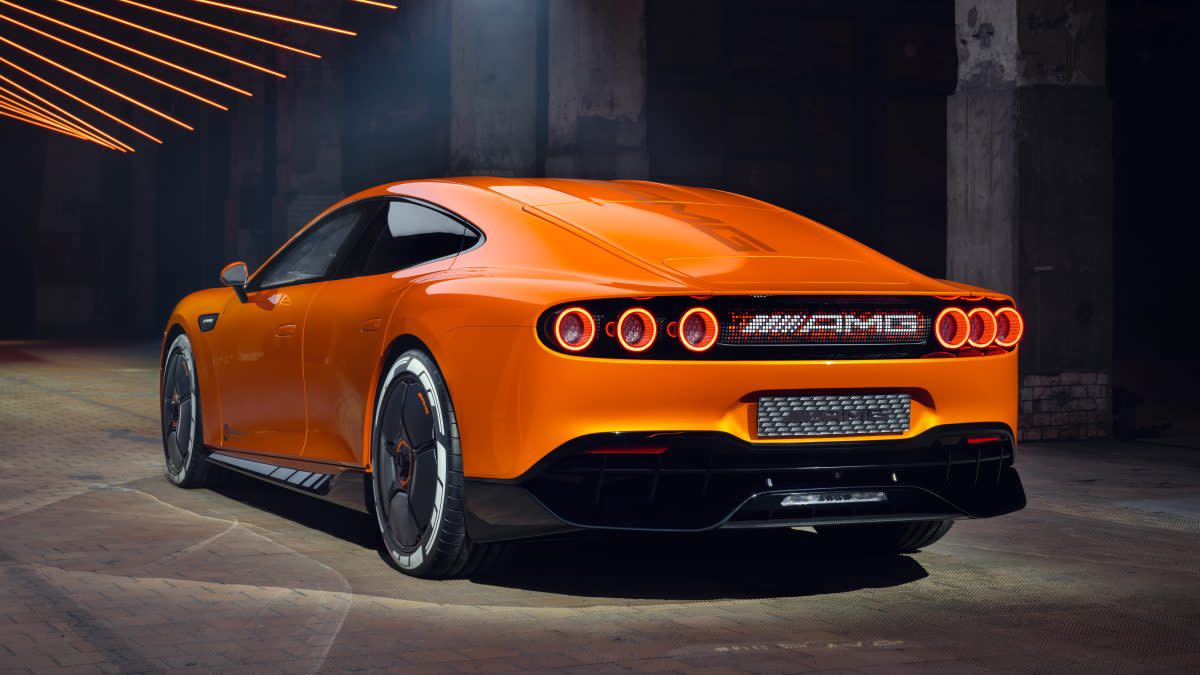


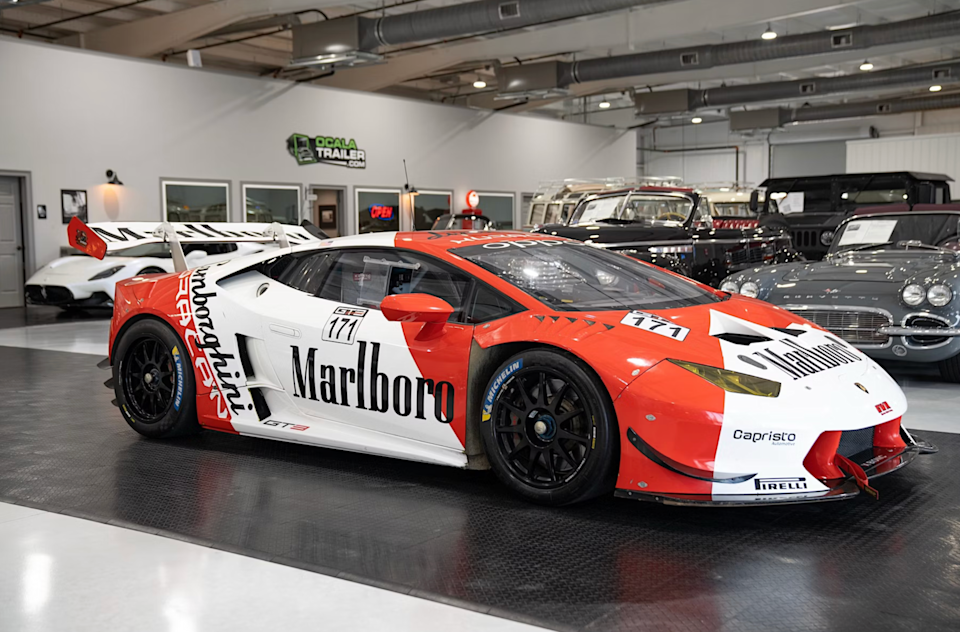
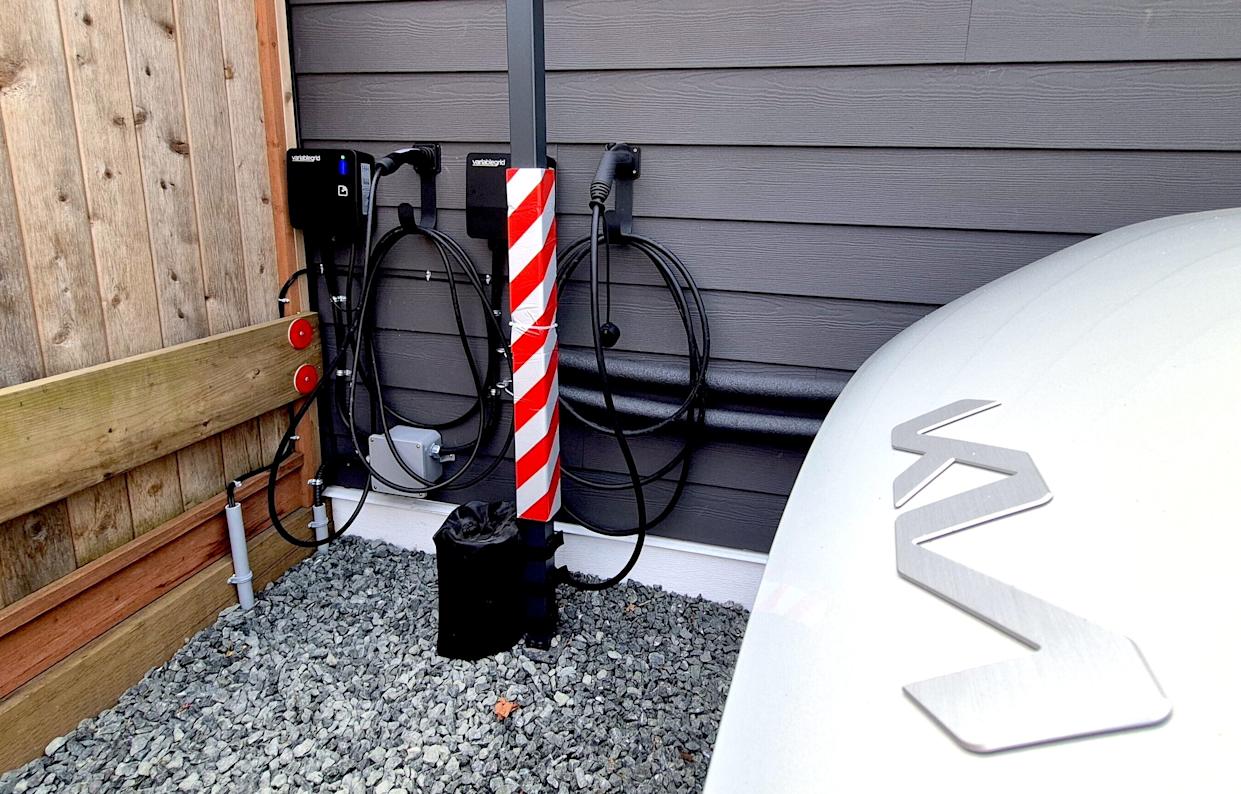

Comments